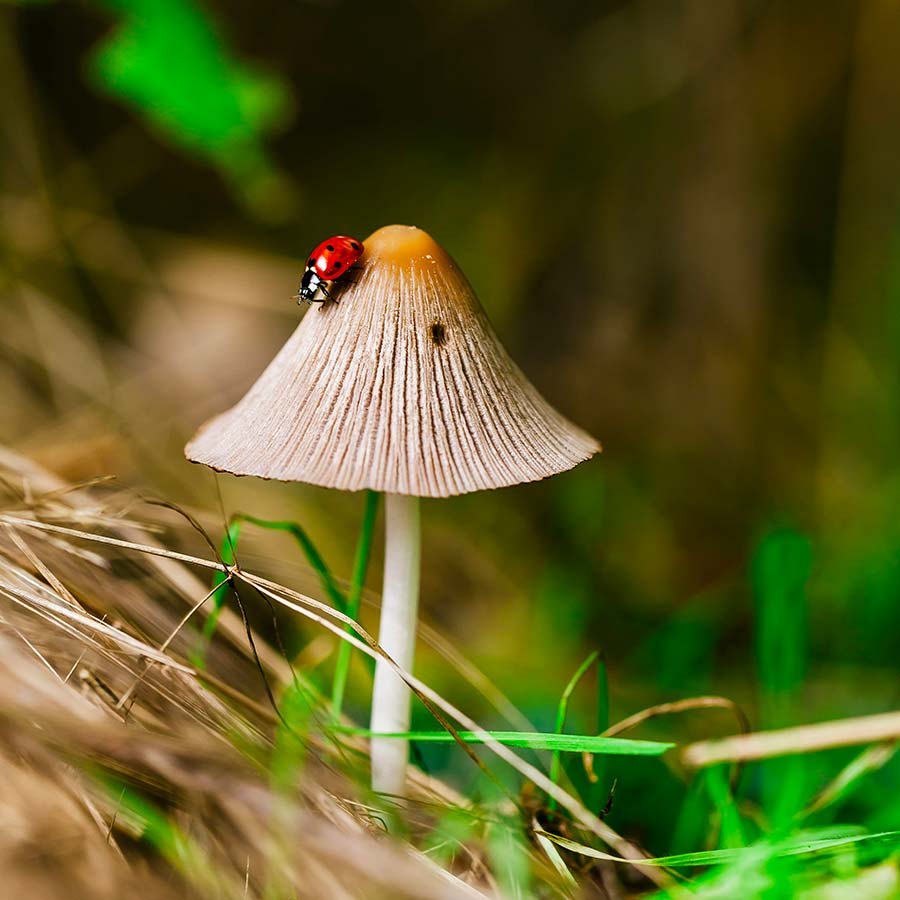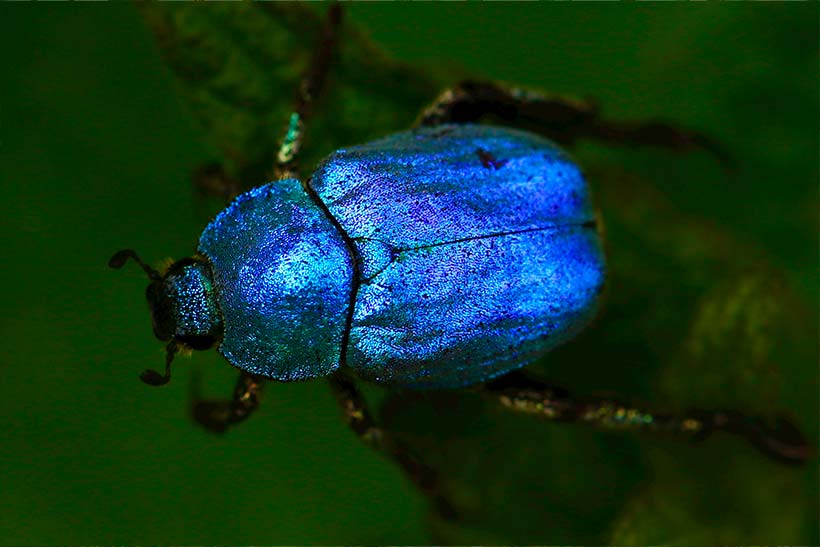In various cultures worldwide, insects have been consumed for centuries, often ground into flour or incorporated into traditional dishes. For example, in parts of Asia, insects like crickets and mealworms are commonly fried or roasted and then ground into a fine powder, which is used in cooking to add flavor and nutrition to dishes. Recently, these culinary traditions are gaining popularity globally as awareness grows about the sustainability and nutritional benefits of insect-based foods, leading to an increasing number of insect-based products available in mainstream markets. In addition to these culinary traditions, innovative startups are emerging in this field, leveraging technology to develop a wide range of insect-based products to meet the growing demand for sustainable and nutritious food options.
Sibö, founded in 2021 and headquartered in Limburg, The Netherlands, specializes in developing and supplying insect-based food ingredients and water-soluble proteins sourced from crickets and yellow mealworms. Operating under the banner of technological innovation, Sibö’s proprietary technology, Entowise, facilitates the precise separation of nutritional components like protein, fats, and cytosine from powdered insects. This advanced process holds the potential to extract vitamins such as B12 from insects. While technological processing occurs at the Brightlands Chemelot Campus in Limburg, the insect farming itself takes place in Costa Rica, ensuring equitable opportunities for farmers in developing nations.
Insect Inspired Design
Researchers at MIT have developed insect-scale robots inspired by fireflies, equipped with electroluminescent soft artificial muscles that emit colored light during flight. This innovation enables motion tracking and communication, potentially revolutionizing search-and-rescue missions in collapsed buildings or other hazardous environments. The team overcame technical challenges to produce multicolored and patterned light, demonstrating precise flight tracking using inexpensive smartphone cameras. Future plans include enhancing the robots’ communication capabilities and exploring how electroluminescence can improve soft artificial muscle properties.
Inspired by the Namib Desert darkling beetle, The Dew Bank is a biomimetic device designed to collect and store condensation from the air. This innovative technology mimics the beetle’s water-harvesting mechanism, providing a sustainable water source in arid environments. The Dew Bank exemplifies how insect-inspired solutions can address pressing challenges, such as water scarcity, with creativity and efficiency.
Wider commercial applications of insect-inspired design can be found in the development of new materials. Inspired by the UV-reflecting properties of spiderwebs, Glaswerke Arnold developed Ornilux Bird Protection Glass. This innovative glass features a pattern of UV-reflecting strands that are nearly invisible to humans but appear as a barrier to birds, reducing bird collisions with windows by over 75%. This technology helps protect bird populations while promoting sustainable building practices.



